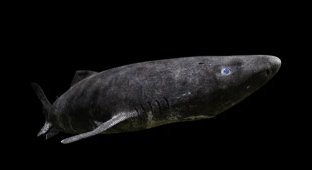Is megalodon alive? Why do scientists find the remains of a creepy fish in modern sediments? (10 photos)
Most myths about mysterious animals aren't worth the paper they're written on. All these Loch Ness monsters, yeti, chupacabras and other cryptids can only fool a schoolchild or an inveterate truant from biology classes. But among hundreds of completely ridiculous myths, there are some that can confuse even an educated person. According to one of them, megalodons, the most feared sharks on Earth, are still alive! 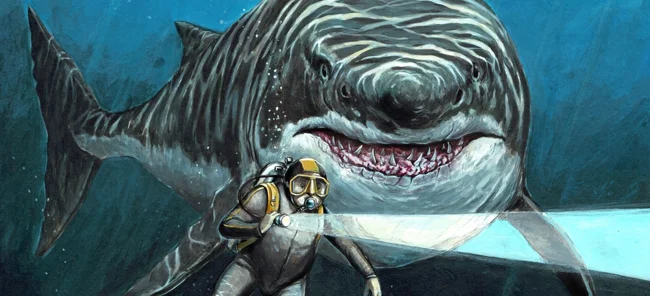
No, there are no megalodons of yours! Personally, I don't see a single one!
Before discussing this burning issue, let's first remember: who are these megalodons of yours? Megalodons are huge predatory sharks that terrorized the World Ocean for about 20 million years. These giants reached 15 meters in length and weighed 30-35 tons. Relatives of great white sharks hunted young sperm whales and Greenland whales, did not disdain dolphins and other sharks. They died out about 3 million years ago, leaving behind only teeth and vertebrae. The rest of the skeleton consisted of cartilage and has not survived. 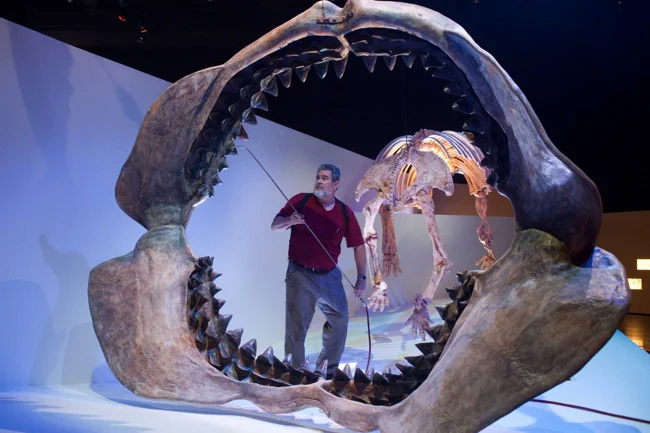
All reconstructions of megalodon jaws are based on information about the teeth and jaw structure of great white sharks, their closest relatives. 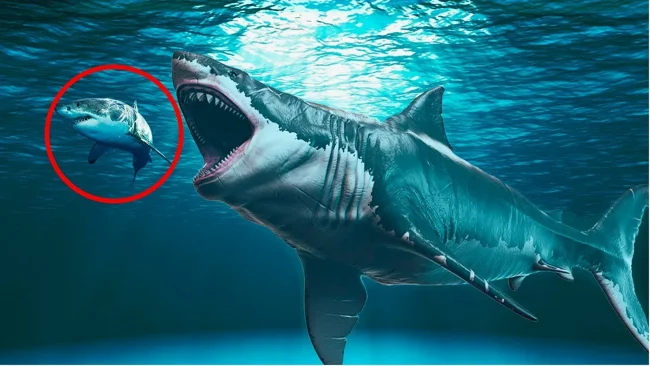
A theoretical comparison of megalodon with a great white shark.
It turns out that there are entire websites and communities of people on the Internet who are sure that megalodons are not completely extinct. Especially for you, we went to their forums to find the most compelling arguments in favor of their position. And here's what we found: 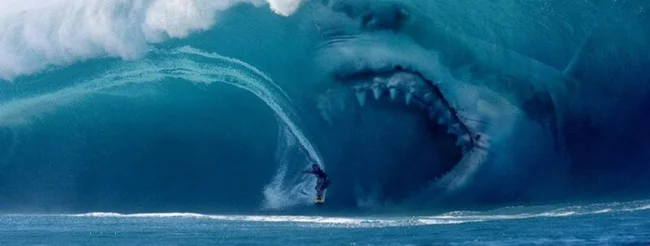
And this is the megalodon from the movie "The Meg". As you can see, its size is slightly exaggerated.
First: the megalodon teeth found look suspiciously well preserved, as if their owners died not millions of years ago, but only 10-20 thousand years ago. Moreover, back in the 1960s, this dating was confirmed by a zoologist who used all the scientific methods available to him. 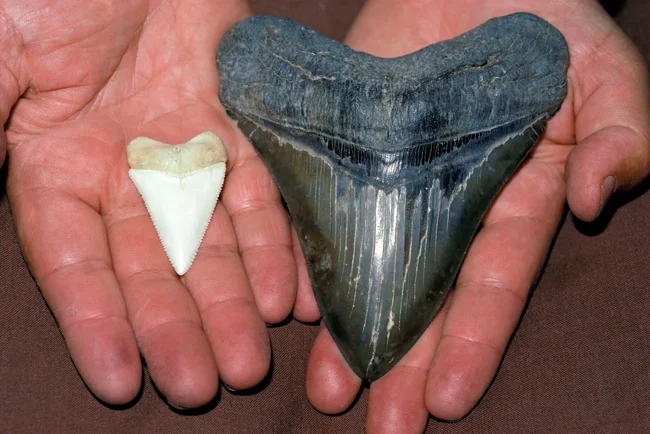
The length of the largest megalodon teeth found is up to 18 centimeters. Three times longer than the largest teeth of great white sharks!
Secondly: eyewitness observations. Several times, Australian fishermen reported huge sharks, up to 90 meters in length (yes, this is not a typo), which, according to them, they saw in the vicinity of the Mariana Trench. One of these reports was even included in a book by an Australian ichthyologist. And cryptozoologists claim that megalodons can also be observed from satellite images, which, however, are not publicly available. 
Most satellite images of the planet have this resolution. It's hard to even tell houses apart, let alone observing solitary animals.
Thirdly: hundreds of indirect evidence. Ancestors' legends, poorly studied fauna of the Mariana Trench, whale carcasses with shark bite marks, and even the discovery of living coelacanths - ancient fish that were considered extinct 145 million years ago. After all, if some small fish could survive for so long, why can't sharks hide for just 3 million years? 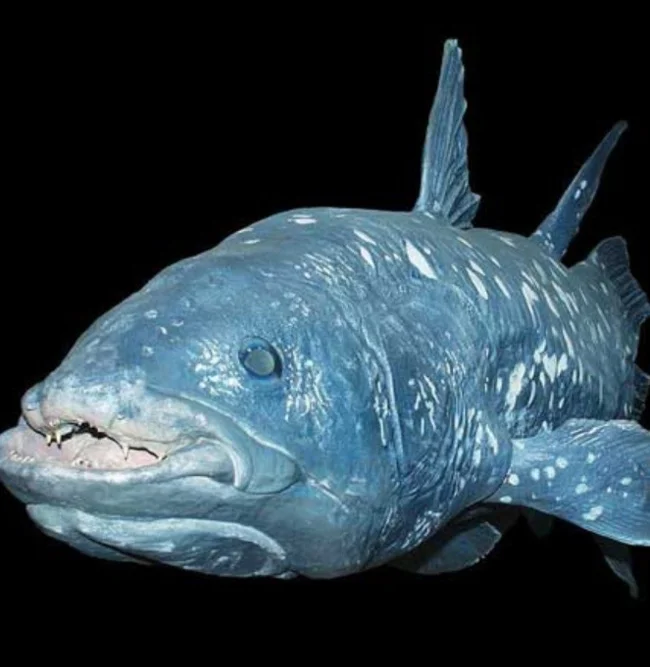
The coelacanth really does look like a fish that's not the freshest...
Unfortunately, they can't. From an ecological point of view, megalodons were killer whales on a maximum. They were top predators that specialized in pursuing prey that was no smaller in size than the hunter himself. In other words, surviving megalodons simply had to hunt modern giants - young sperm whales, adult killer whales, and small baleen whales. And here's the problem: all the carcasses of dead whales that we managed to examine were gnawed by sharks, and after their death from natural causes. 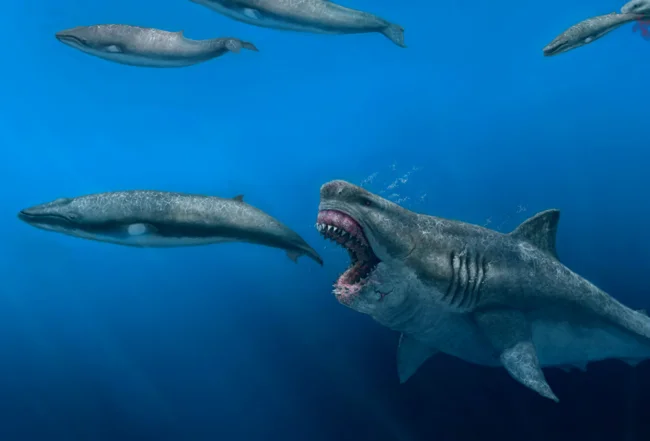
Megalodons were most likely very inventive in terms of hunting and had several hunting strategies in their arsenal. Otherwise, the fish would not have surpassed the mammal.
In addition, humanity would definitely not have missed the systematic eating of whales. They are not found in the Mariana Trench, so hypothetical megalodons simply have to crawl out in front of the lenses of photo and video cameras. But eyewitness observations from the last century have never been confirmed by video recording. 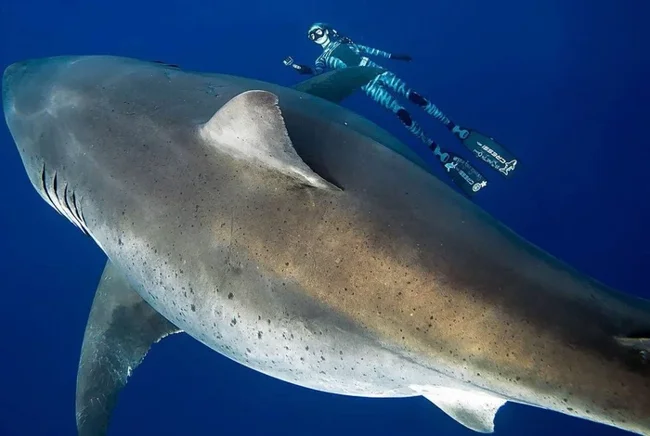
When frightened, a great white shark can seem larger than it is. And they can grow up to 6.5 meters in length!
The last and most convincing argument - teeth only 11 thousand years old - turned out to be a common mistake. The researcher did not take into account the peculiarities of fossilization - the replacement of organic matter with minerals from the surrounding rocks. They were rich in manganese salts and formed a thick crust around the teeth, greatly slowing down their destruction. It was worth making adjustments for this feature, as it immediately became clear that the teeth were no less than 2 million years old. 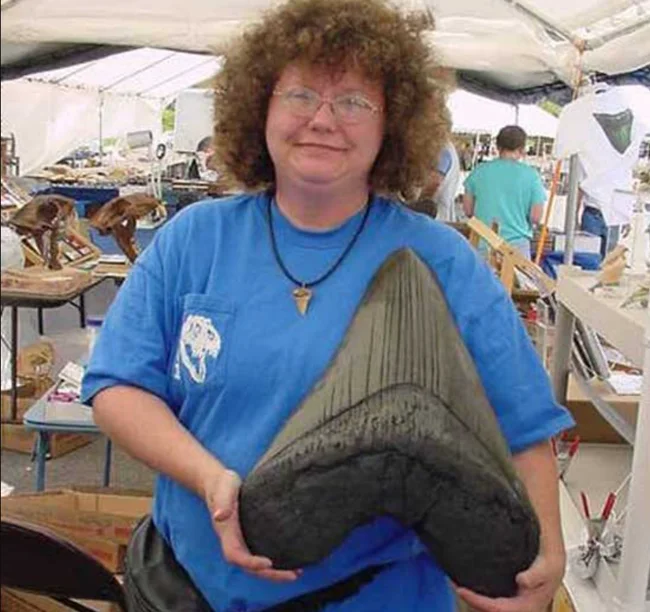
A photo of a megalodon tooth from one of the forums we studied. As you can see, the tooth size is slightly exaggerated. It's fake.
Based on these facts, scientists believe that the chances of finding living megaladons are so small that they are not even worth discussing. After all, if you seriously spend time on every such idea, there won't be enough scientists in the world!
















